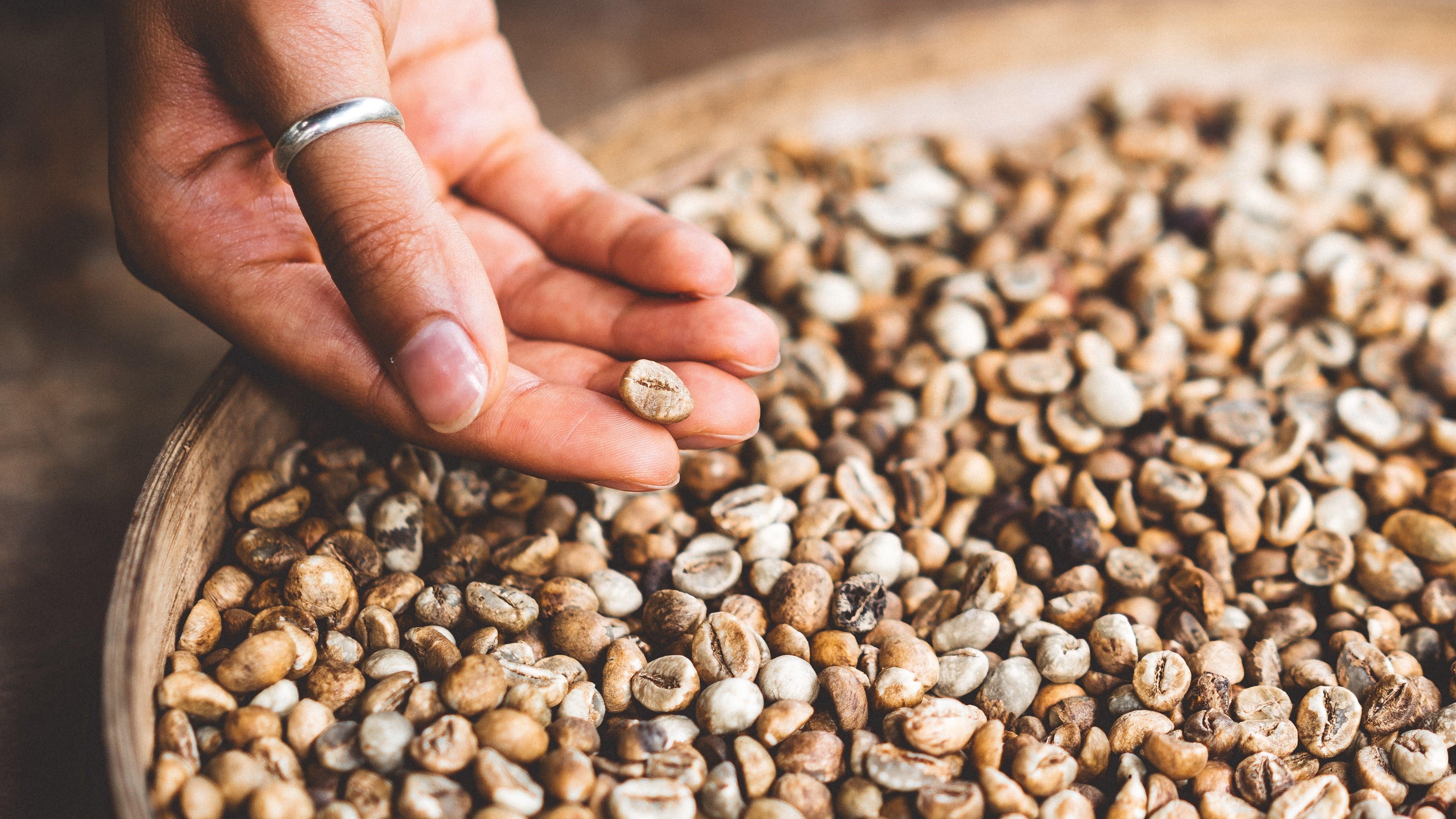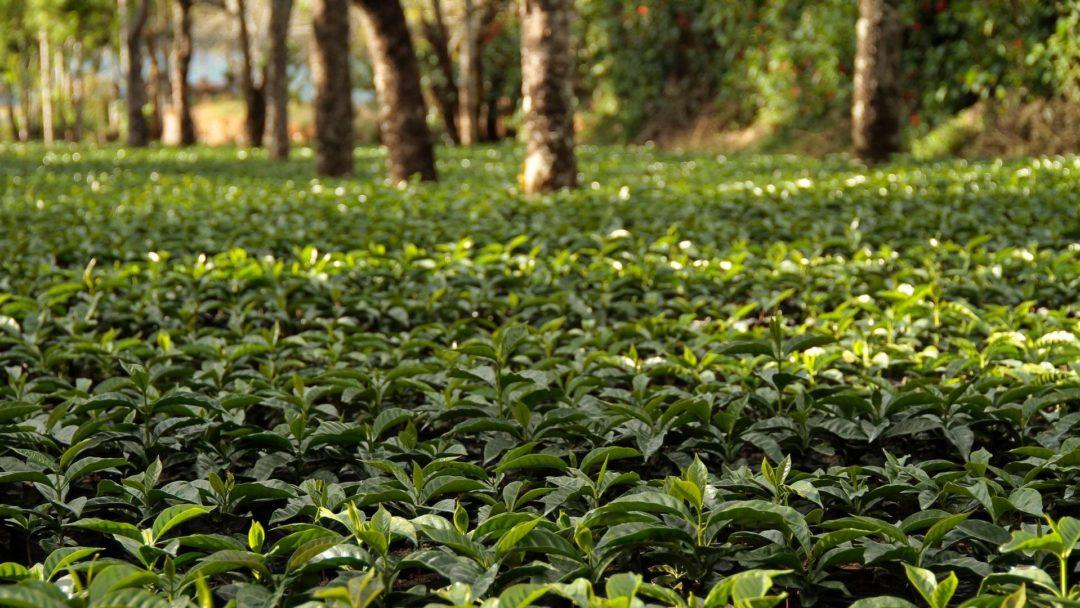
Perfecting the Bean
From Seed to Bean #3: Perfecting the Bean
5. MILLINGBefore exportation, coffee beans undergo a vital process known as milling. This is done to ensure a proper roast, as well as a standard of quality in shape, size, and flavor.
Often, these final preparations are done in large coffee dry mills, where they further prepare beans by hulling, sorting, and bagging to buyers’ specifications.
Let’s take a look at this essential process:
Hulling & De-Stoning
In this initial stage, cherry pods and coffee parchments are checked for stones and impurities before getting hulled or peeled.
Depending on buyer specifications, extra polishing may be added by removing part of the silver skin attached to the beans.
This method is especially useful for Robusta beans where their silver skin is known to contribute towards bitterness.
Catador
In this second stage, an air fan is used to blow any leftover impurities, husks, parchments, and light or broken beans away from the coffee. After, an oscillator may be used to recirculate un-hulled beans back into the previous step.
Sizing
It is important for beans to be sorted by their size and density, as smaller and lighter coffee beans have a tendency to roast faster than their larger and denser counterparts.
In order to sort beans by size, coffee mills use an arrangement of sieves with multiple gap sizes. Coffee is then circulated from top to bottom with beans of different sizes and shapes trapped in their respective categories.
Density
For density, sorting is generally performed by a densimetric table. Simply put, a densimetric table is a perforated table in a specific angle that blows and shakes the coffee beans simultaneously.
Denser beans would be able to rise to the higher end of the table through the perforation edges, while less dense beans would stay at the bottom.
Beans are then collected from both ends of the table. Leftover coffee would then undergo recirculation until there is no significant amount of beans left in the lower end.
Color Sorting
Sorting by color is an optional process. If color sorting is provided, it is usually done by optical machines that scan individual beans at high speeds. Beans that do not fit the color criteria are removed by a burst of compressed air.
Hand Sorting
Sometimes, a machine simply cannot replace a skilled human worker. People can distinguish a variety of shapes, colors, and signals that may be undetectable by machines. Thus, some dry mills also include hand sorting as an optional service.
Storage & Aggregation
An often overlooked fact is most coffee farmers around the world only produce coffee in volumes limited to a few bags. In order to export in efficient volumes, some coffee lots must be combined with other lots first. More so, a large percentage of farmers do not have suitable storage - hence why some dry mills also provide storage as an additional service to farmers.
Bagging
Bagging is often done under buyers’ specifications. Generally, this is done in 60 kg jute bags and one or five metric ton high density polyethylene sacks for commercial grade coffee OR dual bagging (polyethylene inner and jute outer) for specialty grade coffee.
6. EXPORT
Finally, this last stage includes physically filling up the container and handling all the necessary documentation and legal requirements to export the coffee. Most often, expenses are covered by the coffee buyer while logistics and documentation are handled by the exporter or the dry mills themselves.
Often, coffee farmers live in isolated areas that lack basic services and technologies necessary to reach the international market. As a result, coffee mills act as an essential gateway between farmer, bean, and your cup at home.
Hope you enjoyed today’s letter. Till next time.
Ovalware
References:
http://www.ncausa.org/about-coffee/10-steps-from-seed-to-cup
https://thecoffee.blog/all/processing/what-do-coffee-dry-mills-do/
https://img.etimg.com/thumb/width-640,height-480,imgsize-617610,resizemode-1,msid-68253191/indias-coffee-exports-rise-13-per-cent-in-first-2-months-of-2019.jpg
https://thecoffee.blog/all/processing/what-do-coffee-dry-mills-do/



Leave a comment
This site is protected by hCaptcha and the hCaptcha Privacy Policy and Terms of Service apply.